Editor’s Be aware: This cover of this week’s edition of Automotive Information (autonews.com) attributes a tale about GM’s groundbreaking progress of the EV “skateboard” and how it set the table for an fully new way in the improvement of the car. A variation of the GM “skateboard” is now employed by each individual manufacturer of EVs in the world, and it stays a testomony to GM’s Genuine Believers in Engineering and Style and design. In simple fact, GM has a extensive background of innovation and groundbreaking engineering breakthroughs heading again to the 1930s. Just a single illustration? The Firebird I, II and III ideas from the ’50s had been so advanced that several of the characteristics designed for individuals machines are nevertheless discovered in automobiles constructed these days. The 1958 Firebird III, for occasion, was powered by a 225HP gasoline turbine engine with a 2-cylinder 10HP fuel motor to run the onboard accessories. It experienced cruise control, anti-lock brakes, air drag brakes, remote opening doors, an automatic steerage program, and it was steered by a joystick in the console. There have been other significant engineering programs originating at GM during the many years. In simple fact, what GM is undertaking currently in terms of engineering its new EVs is each little bit as breakthrough and impressive as any time in its lengthy historical past. This 7 days, Peter focuses on one particular of GM’s most considerable – and storied – engineering growth courses: The 1960 CERV I (Chevrolet Experimental Analysis Automobile) and the 1963 CERV II. The two machines were created below the path of legendary Corvette chief engineer Zora Arkus-Duntov as a system to produce and refine Chevrolet physique, chassis and suspension techniques. At the very least that was the “formal” edition. They were being genuinely designed, however, as all-out racing equipment. As several of you already know, Peter’s postings on Twitter (@PeterMDeLorenzo) provide a vibrant seem at the business and racing in particular. Peter is a agency believer in historical point of view when it arrives to motorsports, and the significant stories that have to have to be explained to. And we consider you can agree that the CERV I and CERV II are unquestionably worthy of noting and appreciating. We hope you enjoy looking at about them. -WG
By Peter M. DeLorenzo
Detroit. As several of our viewers know, I have a existence on Twitter (@PeterMDeLorenzo). Most – but not all – of my postings on that site involve motorsports, together with evocative photos from the “glory days” of racing in the 60s and 70s. This 7 days, I desired to devote some time to the Chevrolet Engineering Research Motor vehicles, the CERV I and CERV II – and the True Believers liable for them.
The CERV program originated with Corvette icon Zora Arkus-Duntov, who envisioned it as a system for engineers to use in get to acquire Chevrolet – precisely Corvette – body, chassis and suspension techniques. The CERV I was formulated between 1959 and 1960 as a practical mid-motor, open up-wheel, single-seat prototype racing motor vehicle. The bodywork was built by industry legends Larry Shinoda and Tony Lapine.
The CERV I was at first equipped with a gas-injected 283 cu. in. 350HP tiny block V8 that weighed only 350 lbs. Intensive use of aluminum and magnesium engine parts saved much more than 175 lbs. from preceding Chevrolet V8s. The physique construction was manufactured out of fiberglass and weighed only 80 lbs. The entire body structure was hooked up to a rigid 125 lb. chrome-molybdenum tube created body, welded in a truss-like configuration. Combining these light-weight parts contributed to the CERV I’s fat of 1,600 lbs. The 96-inch wheelbase chassis characteristics a 4-wheel independent suspension, utilizes impartial, variable fee springs with shock absorbers and stabilizer bar in the front, and multilink, variable level springs, with double-performing shock absorbers in the rear. The wheels are forged magnesium alloy. Steering is recirculating ball sort with 12:1 ratio.
The brake system on the CERV I uses entrance disc/rear drum, with a two piston learn cylinder to reduce the chance of finish brake failure. Gas is delivered through two rubber bladder gasoline cells (20 gal. total capability). At just one place Duntov refitted the CERV I with a 377 cu. in. aluminum smaller block, an superior Rochester gas injection method and Indy-style tires and wheels. (That 377 cu. in. modest block V8 became the mainstay in the Corvette Grand Activity racing system.) To match this mechanical updating, Shinoda redesigned its streamlined body structure for better aerodynamics. Best velocity for the CERV I was 206 mph, obtained on GM’s round 4.5-mile take a look at keep track of at its Milford, Michigan, Proving Grounds.
Enthusiastic by its extraordinary effectiveness possible, Duntov had his eye on more substantial items for the CERV 1 – such as racing in the Indianapolis 500 – but owing to the AMA (Car Manufacturer’s Affiliation) ban on maker-sponsored racing at the time – which GM painfully adhered to – the closest Duntov could get to a key showcase for the vehicle was when he drove the device in a collection of demo laps at the U.S. Grand Prix in 1960.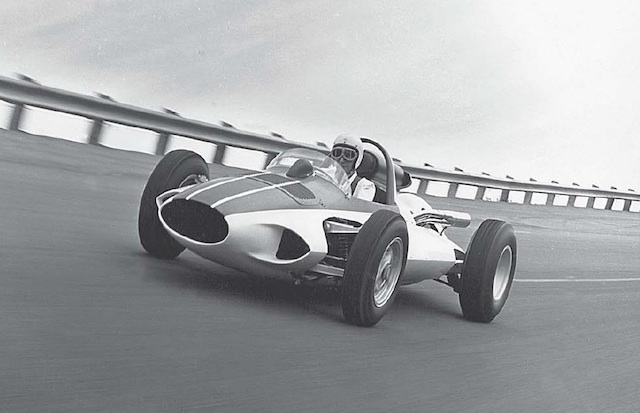 (GM)
(GM)
Zora Arkus-Duntov in the CERV 1 at the GM Technological Middle exam observe, 1960.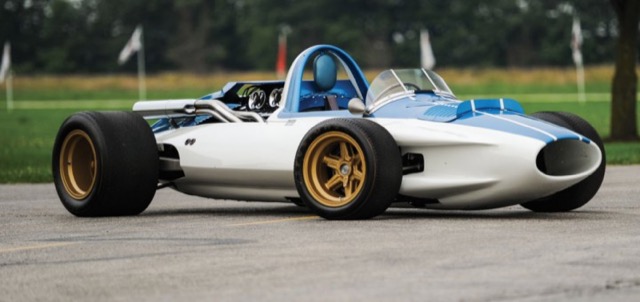 (RM-Auctions)
(RM-Auctions)
The CERV 1.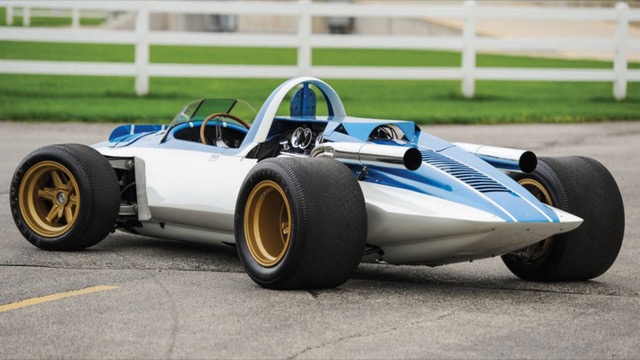 (RM-Auctions)
(RM-Auctions)
The CERV I appeared in the international racing colours – white with blue – assigned to the United States.
The future-era Chevrolet Engineering Investigation Vehicle – the CERV II – was conceived early in 1962, designed in excess of the following year and created underneath Duntov’s path concerning 1963 and 1964. By the time it was finished, Duntov envisioned the CERV II as a doable respond to to the Ford GT40 racing software. At this stage it was also in Duntov’s head to develop a independent line of racing Corvettes to promote, an thought that was afterwards turned down, of program, by GM management. Duntov wanted the CERV II to showcase long run systems as applied to a racing device.
Chevrolet Typical Manager “Bunkie” Knudsen wished to get back into racing so the CERV II was prepared for the intercontinental prototype course with a 4-liter model of the Chevrolet little block V8. Knudsen has been offered demanding orders to stay out of racing by upper administration at GM, but obviously that didn’t dissuade Duntov and his crew. Construction was commenced on the CERV II almost at the exact time that the “no racing” GM management edict came down.
As with CERV I, the physique was created by the staff of Shinoda and Lapine. The chassis of the CERV II consisted of a glued-alongside one another metal and aluminum monocoque with a steel sub body to carry the suspension and engine. It was run by a Hilborn gasoline-injected, overhead cam, 377 cu. in. aluminum small block V8 with a 10.8 compression ratio and 500HP. By 1970, the CERV II ran a 427 cu. in. ZL-1 V8 with 550HP. Titanium was utilized for the hubs, connecting rods, valves, and exhaust manifolds supporting to provide the total body weight of the device underneath 1400 lbs.
The CERV’s II engineering of the generate method and torque converter arrangement was handed in excess of to GM’s engineering group and it turned out to be its most fascinating improvement. The end result? An advanced all-wheel push program making use of two torque converters. This marked the 1st time that anybody had made a variable power shipping to each and every conclusion of the vehicle, which assorted in accordance to motor vehicle speed. The very huge wheels carried experimental very low profile Firestone tires mounted on specially built Kelsey-Hayes magnesium wheels. The ventilated disc brakes have been mounted outboard, with the Girling calipers widened to settle for the vented rotors.
The CERV II was extremely quick: -60 in 2.5 seconds with a best speed of 190+ mph. All through its extensive advancement Jim Corridor and Roger Penske were being among the the leading motorists who wheeled the CERV II.
The plan to use the CERV II as The Remedy to the Ford GT40 method ended up staying killed by GM administration, as was their wont. The CERV II was made use of as a study tool for a mid-sixties super Corvette method that was also cancelled by administration. By no means raced, the CERV II ended as a display and museum piece, a tribute to the Correct Believers at GM Style and design and Engineering.
Editor-in-Chief’s Be aware: Thank you to the GM Heritage Heart for the information on the CERV I and CERV II. -PMD
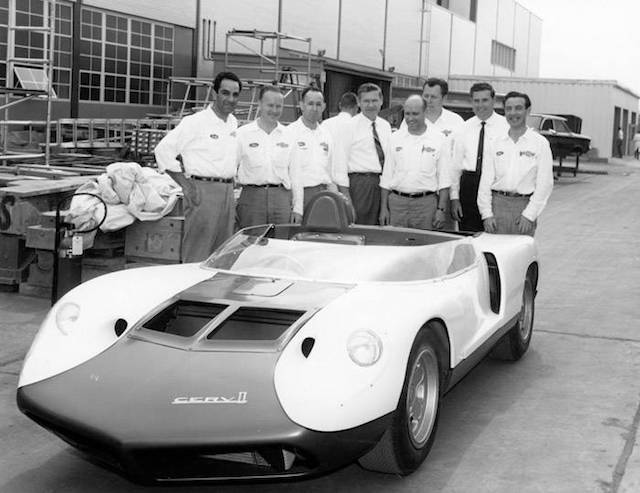 (GM)
(GM)
The Correct Believers at GM Engineering stand proudly by the spectacular CERV II at its roll out at the GM Technological Middle in Warren, Michigan. (GM)
(GM)
Zora Arkus-Duntov in the CERV II, late 1963.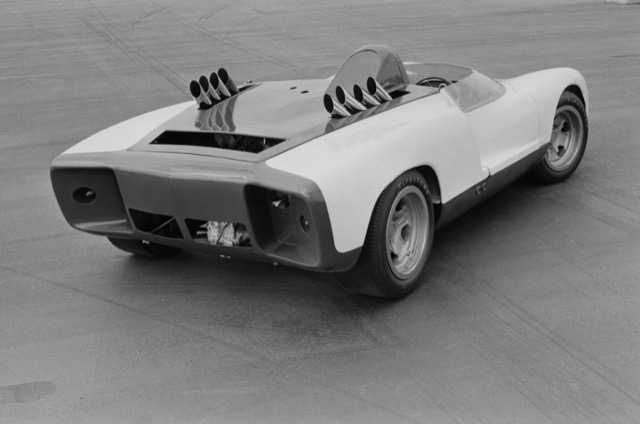 (GM)
(GM)
The CERV II photographed at the famous “Black Lake” at the GM Proving Grounds in Milford, Michigan. (GM)
(GM)
An inside look at the CERV II.
Editor-in-Chief’s Notice: As part of our continuing series celebrating the “Glory Times” of racing, this week’s visuals appear from GM. – PMD
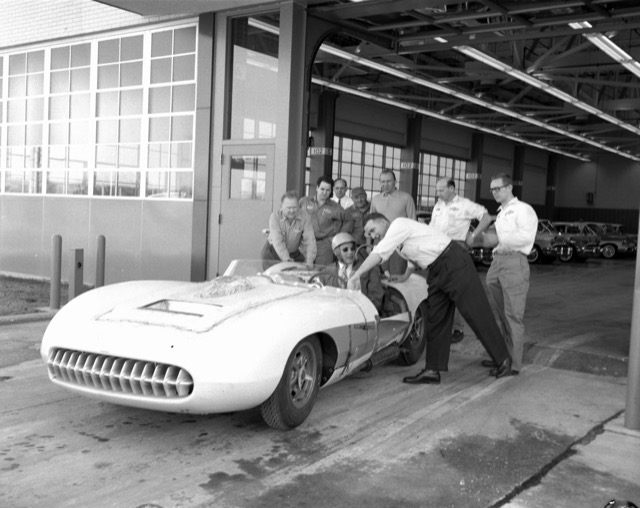 (GM)
(GM)
GM Technical Center, Warren, Michigan, 1957. Zora Arkus-Duntov getting wheeled out for the maiden examination run of the Corvette SS racing motor vehicle. GM experienced a brief take a look at observe on the Tech Middle grounds that saw intensive use.
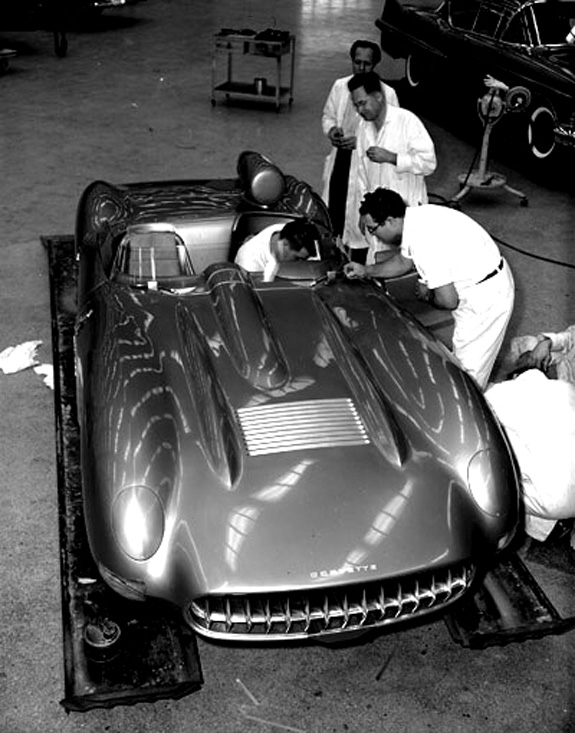
(GM)
GM Specialized Center, Warren, Michigan, 1957. The Corvette SS racer becoming finished right before currently being shipped down to Sebring, Florida, for its racing debut in the 12-Hour race.
Editor’s Be aware: You can accessibility former problems of AE by clicking on “Up coming 1 Entries” under. – WG





More Stories
A Review of the Suzuki GT500
My Love Affair With The ‘Widow Maker’ TL1000S
History of the Honda CB1000 (Big 1)